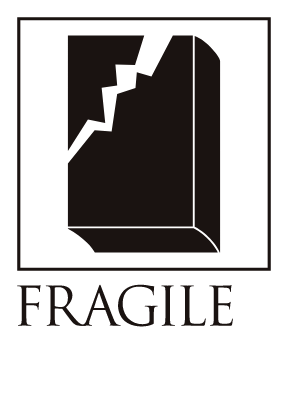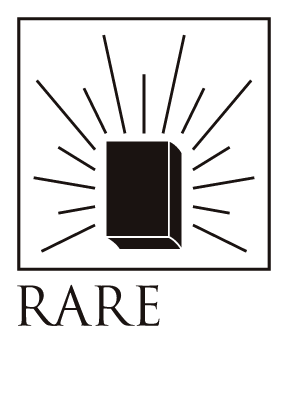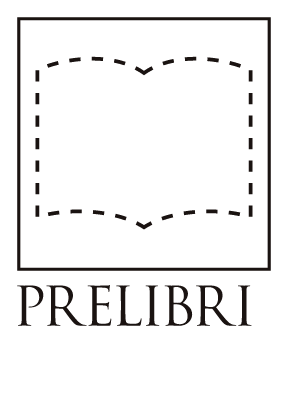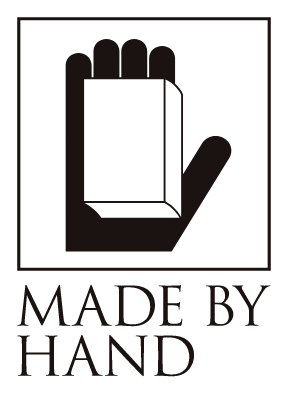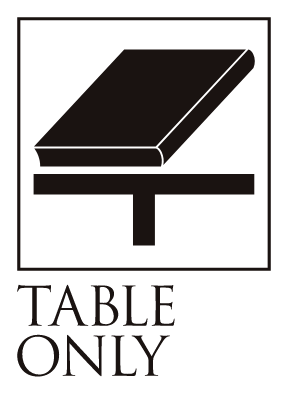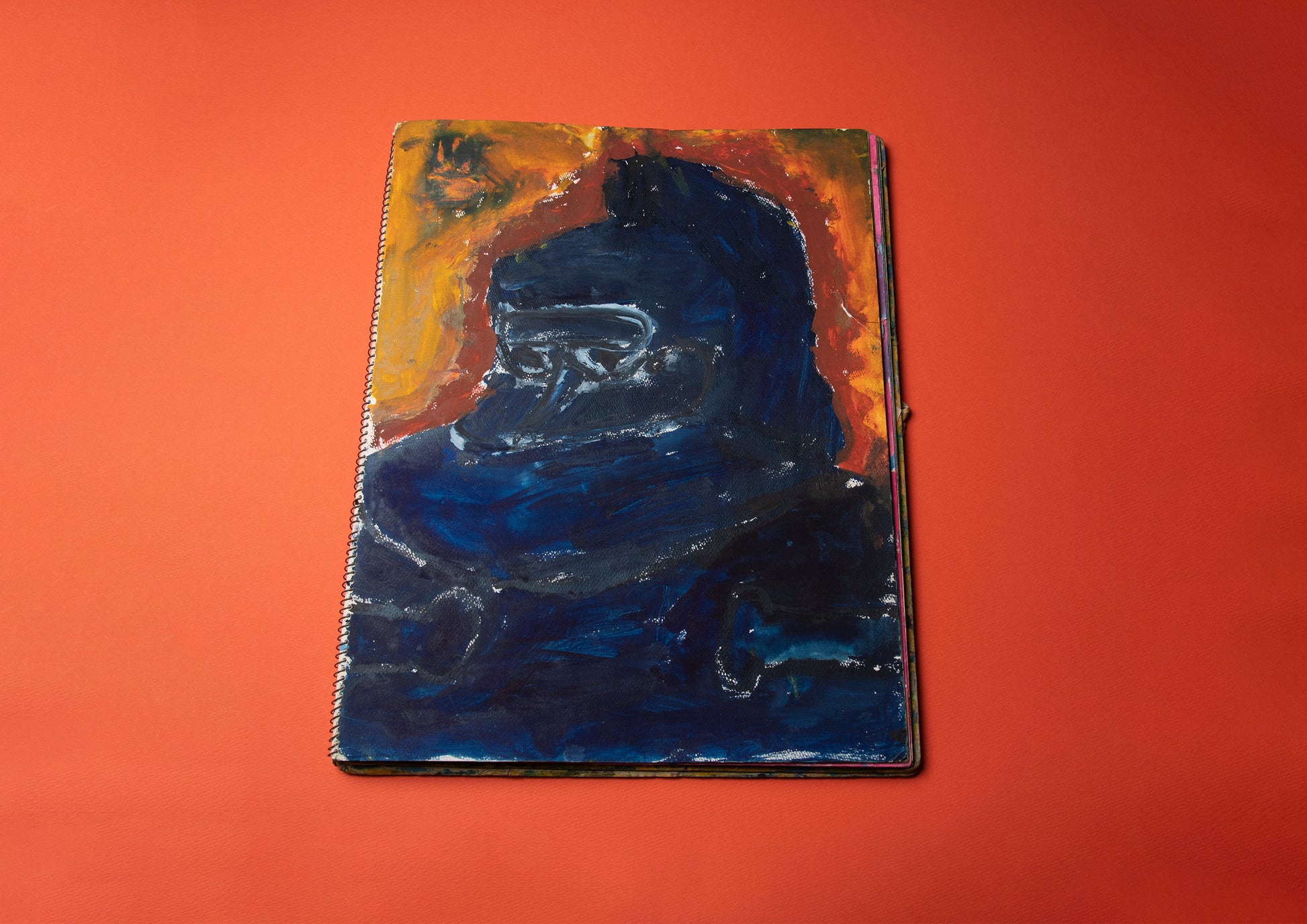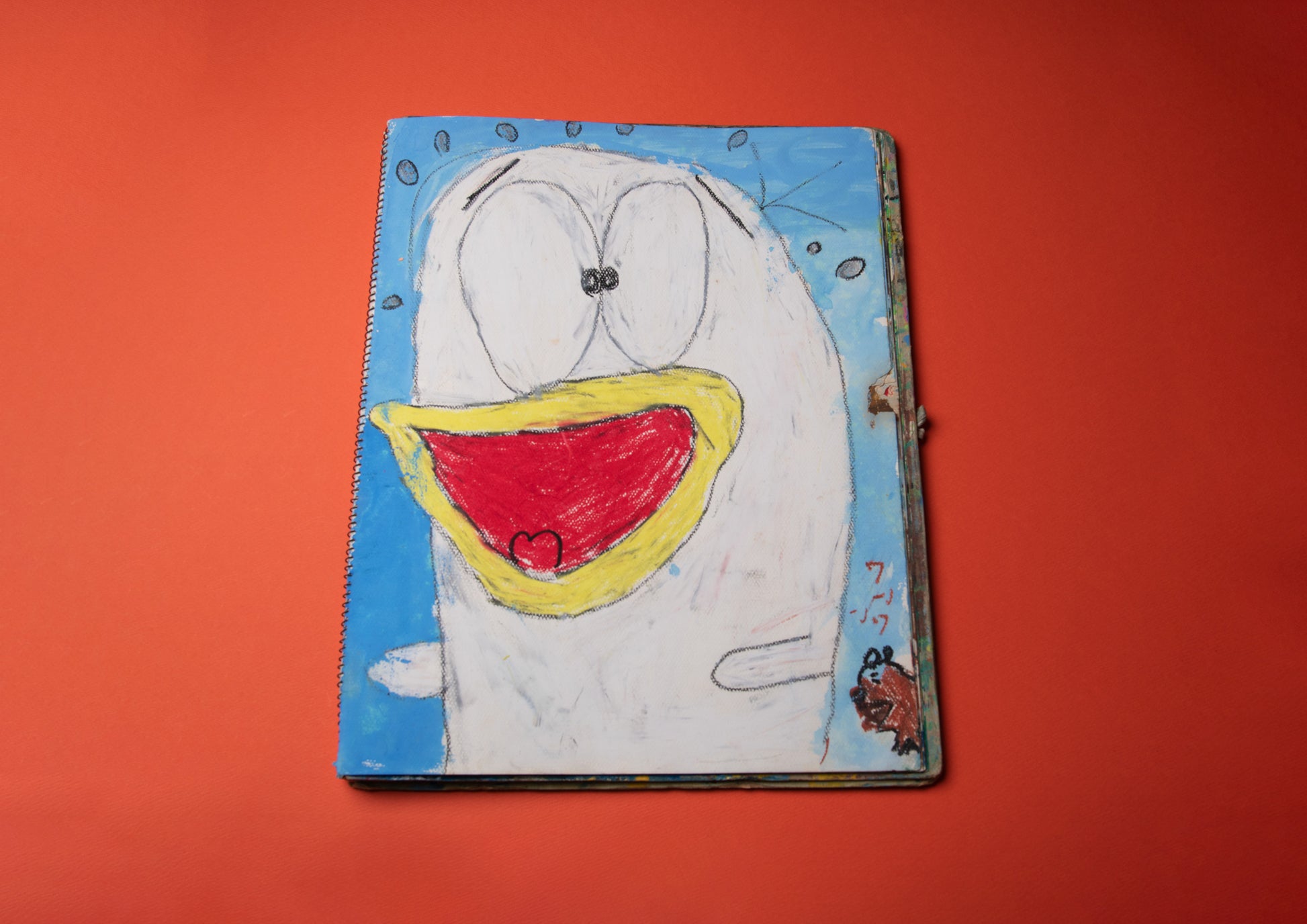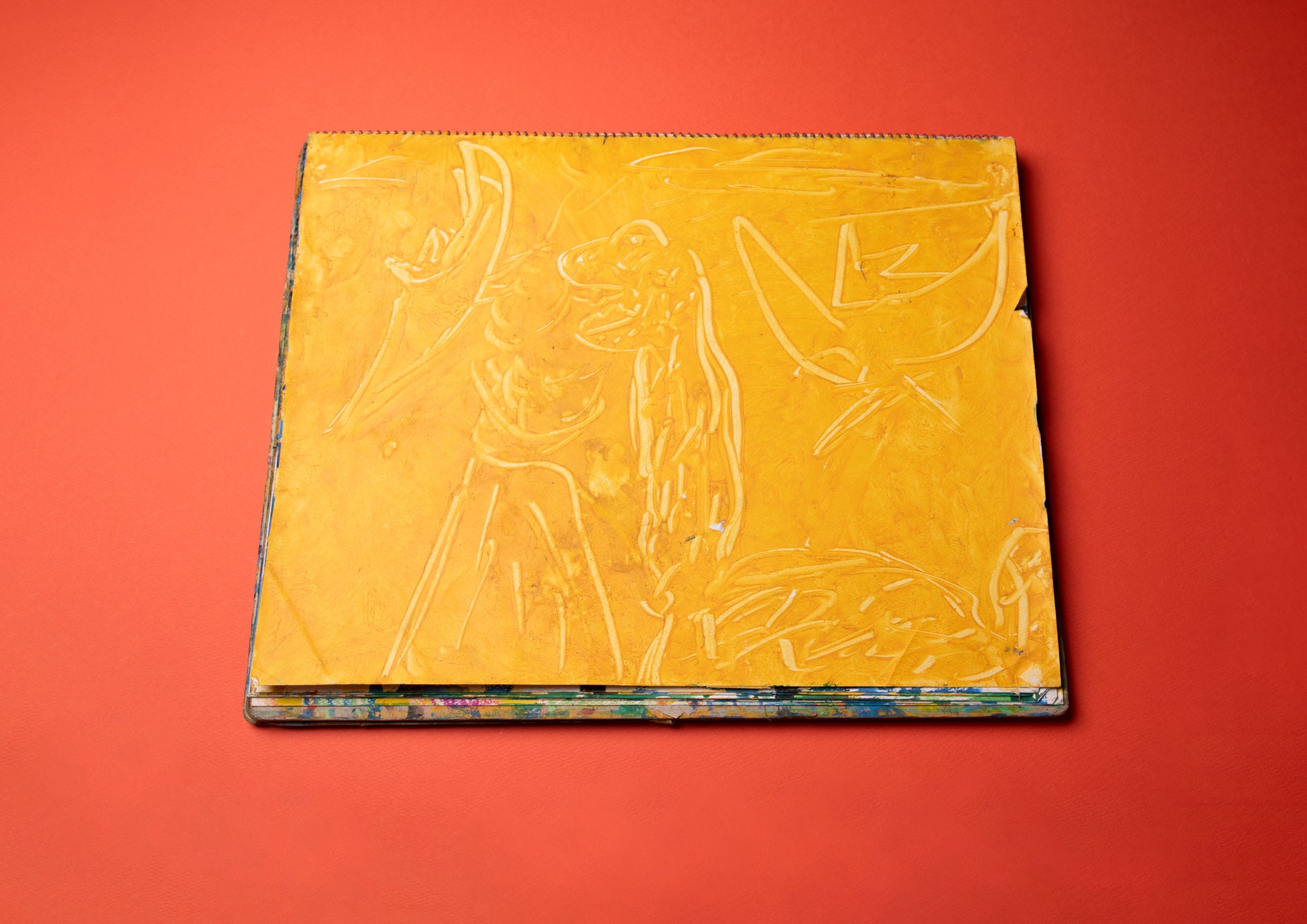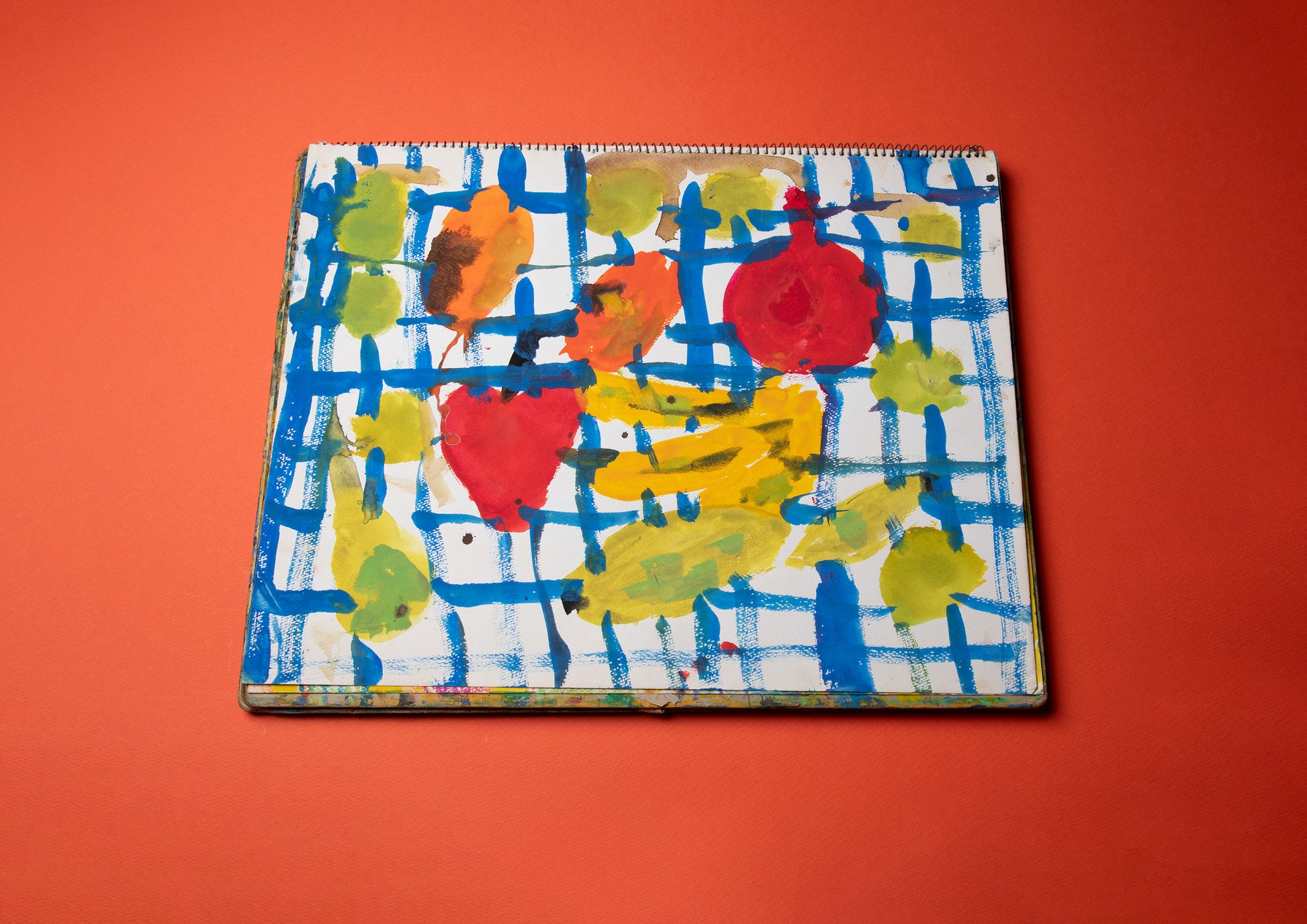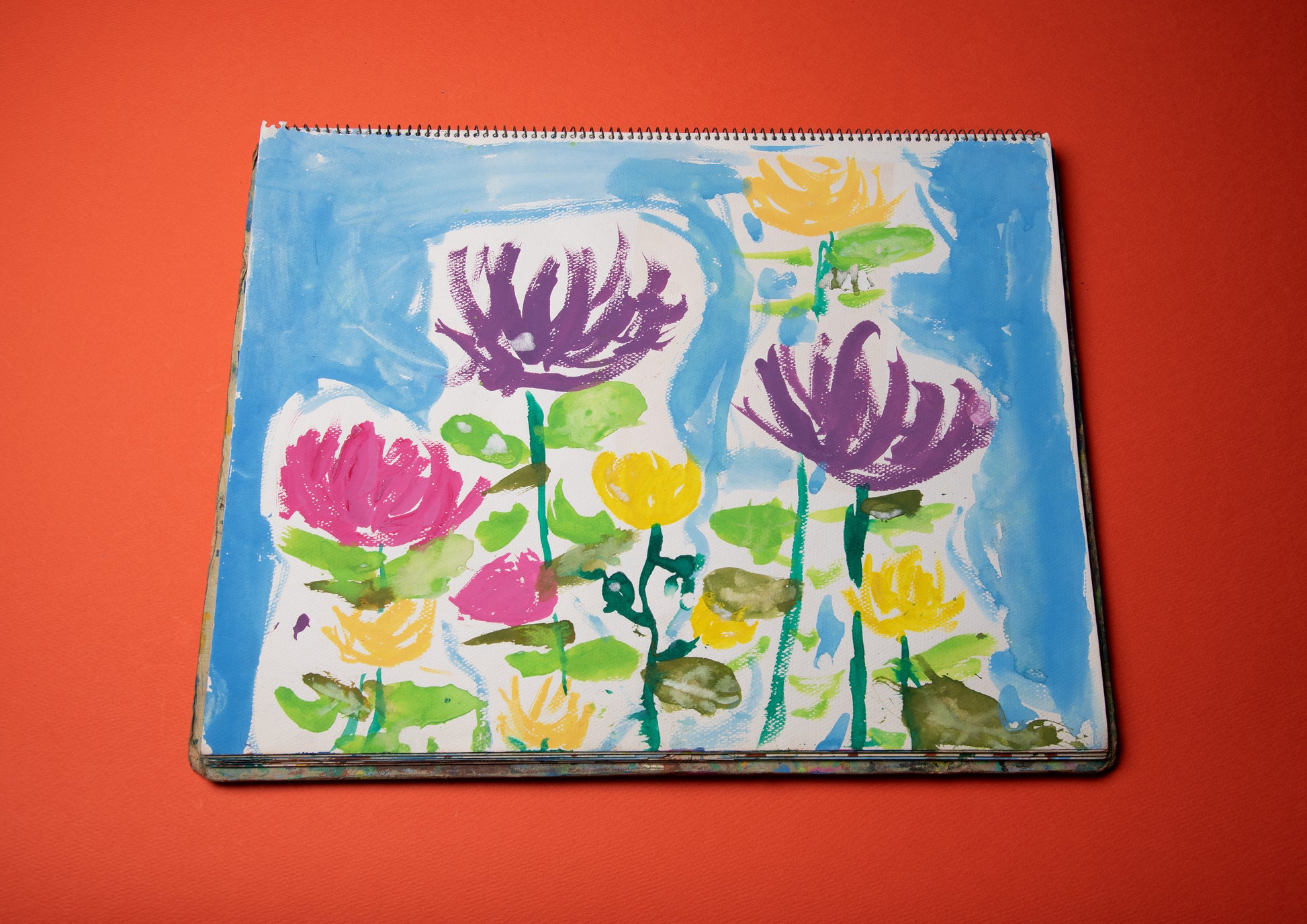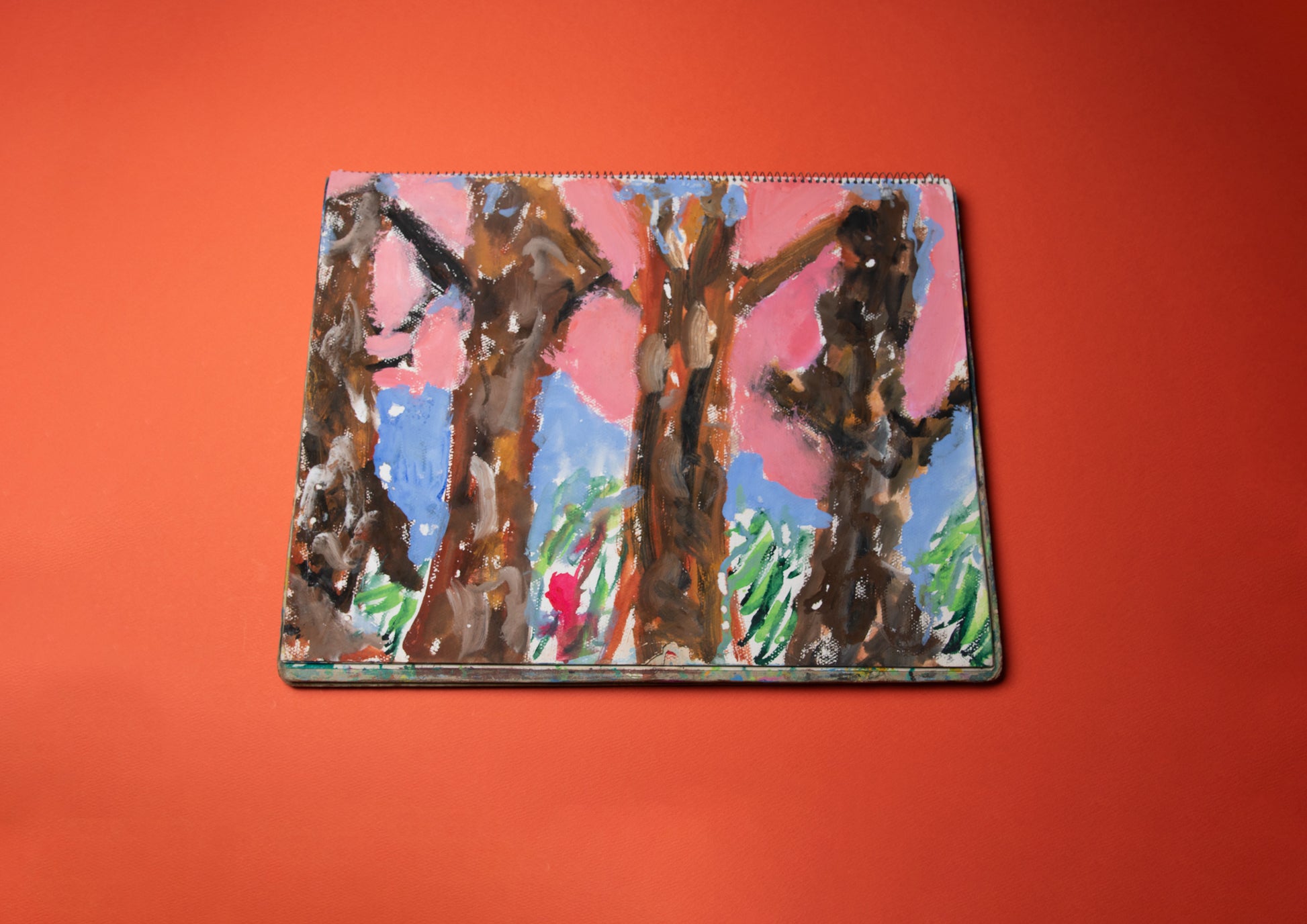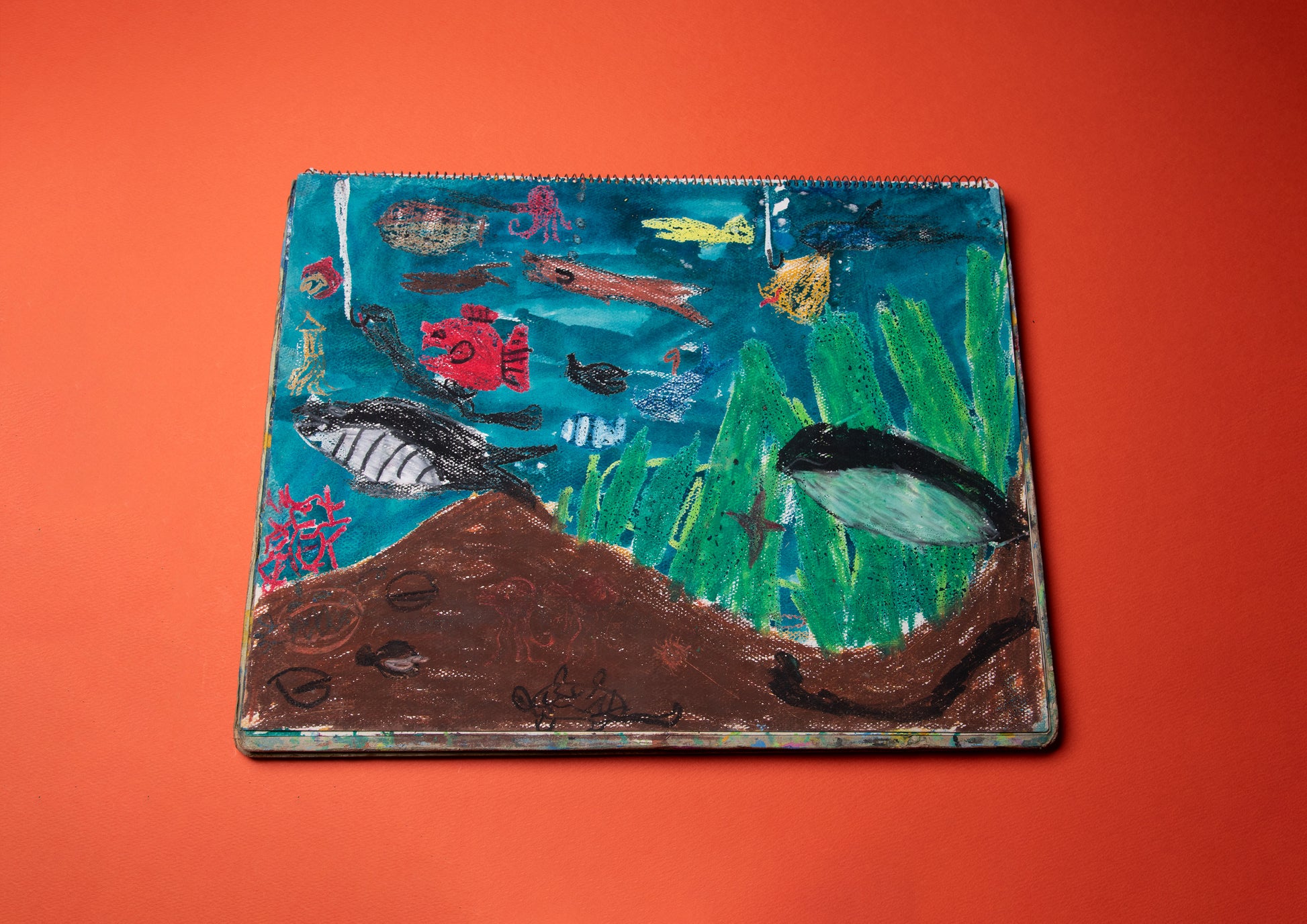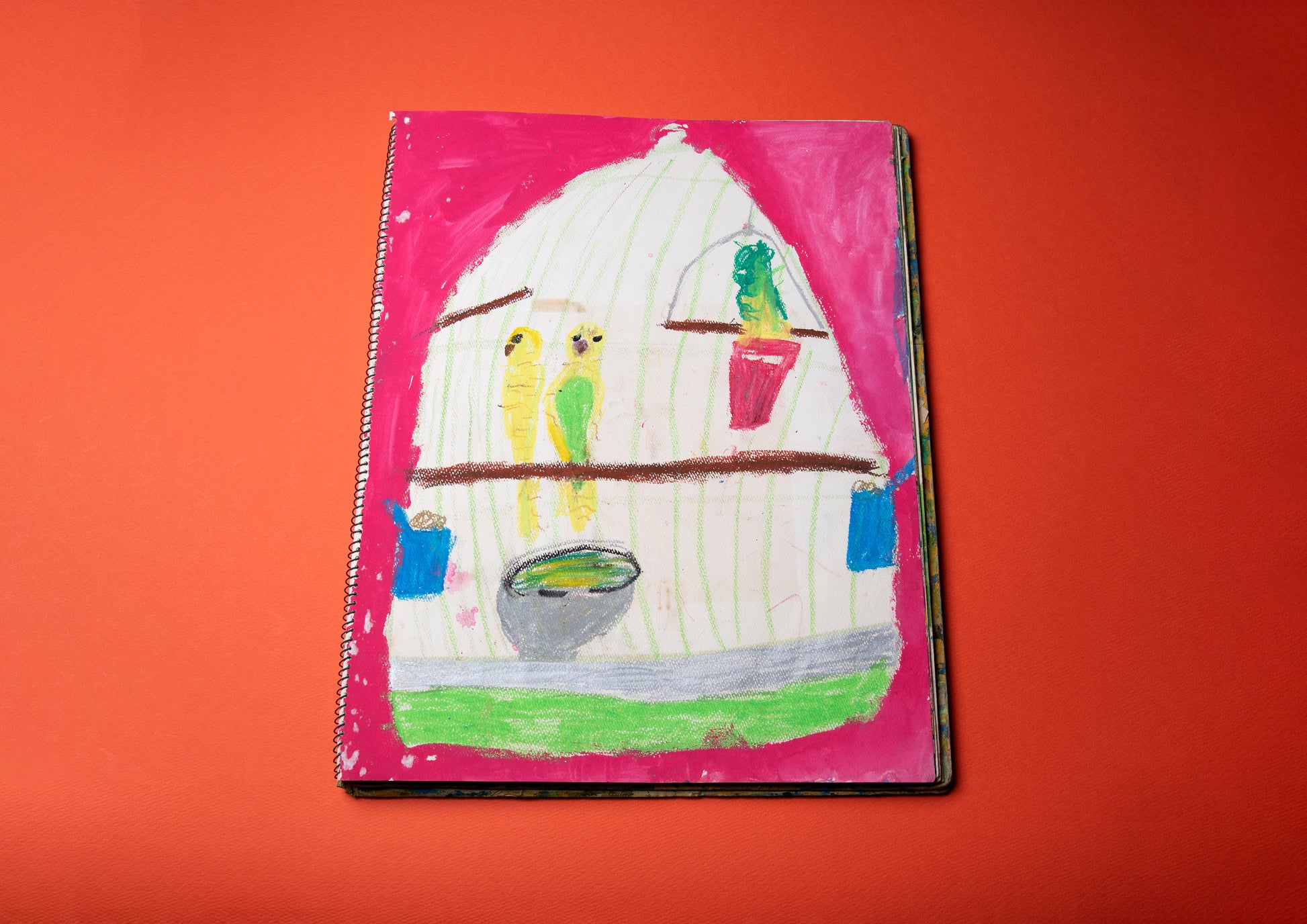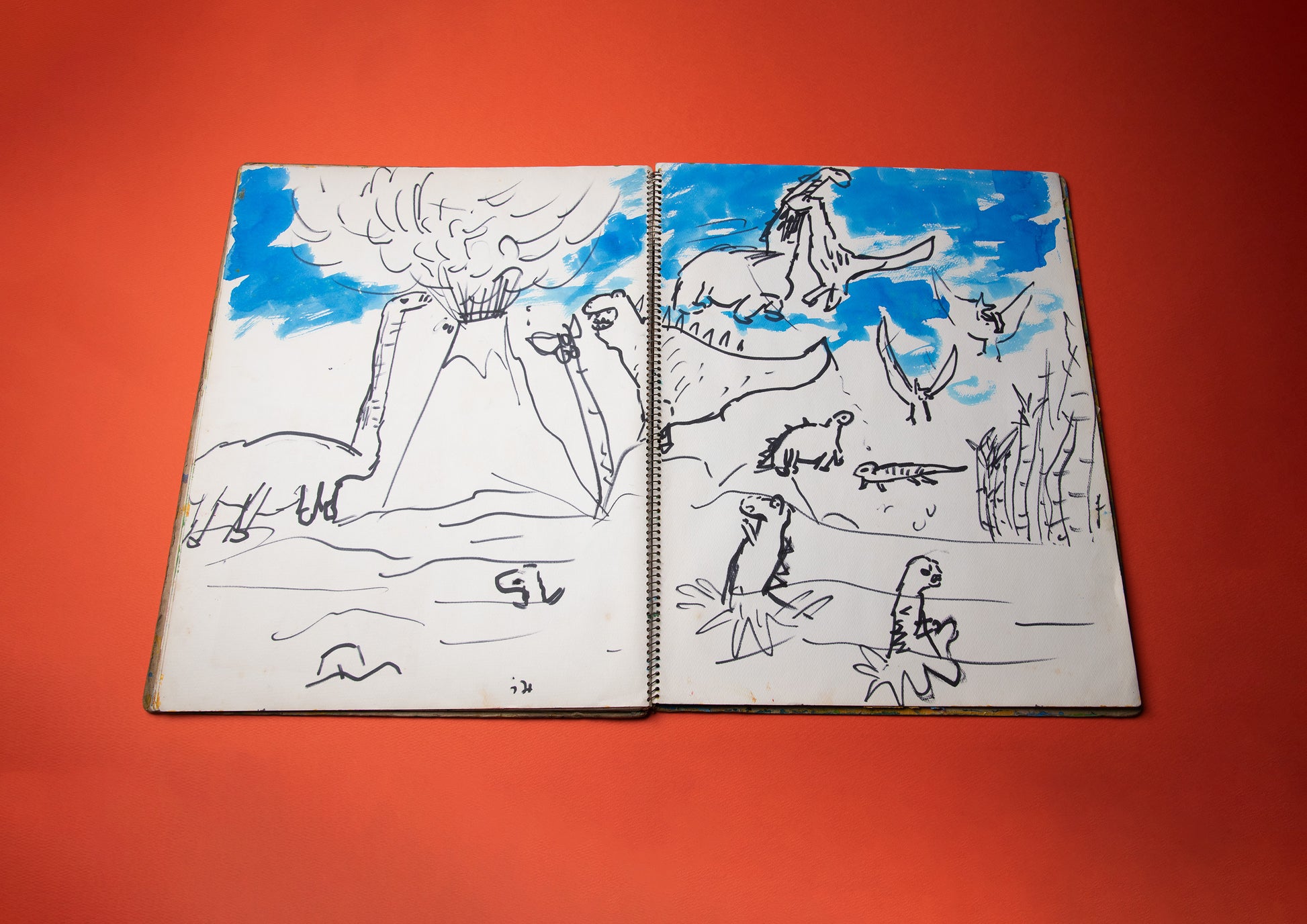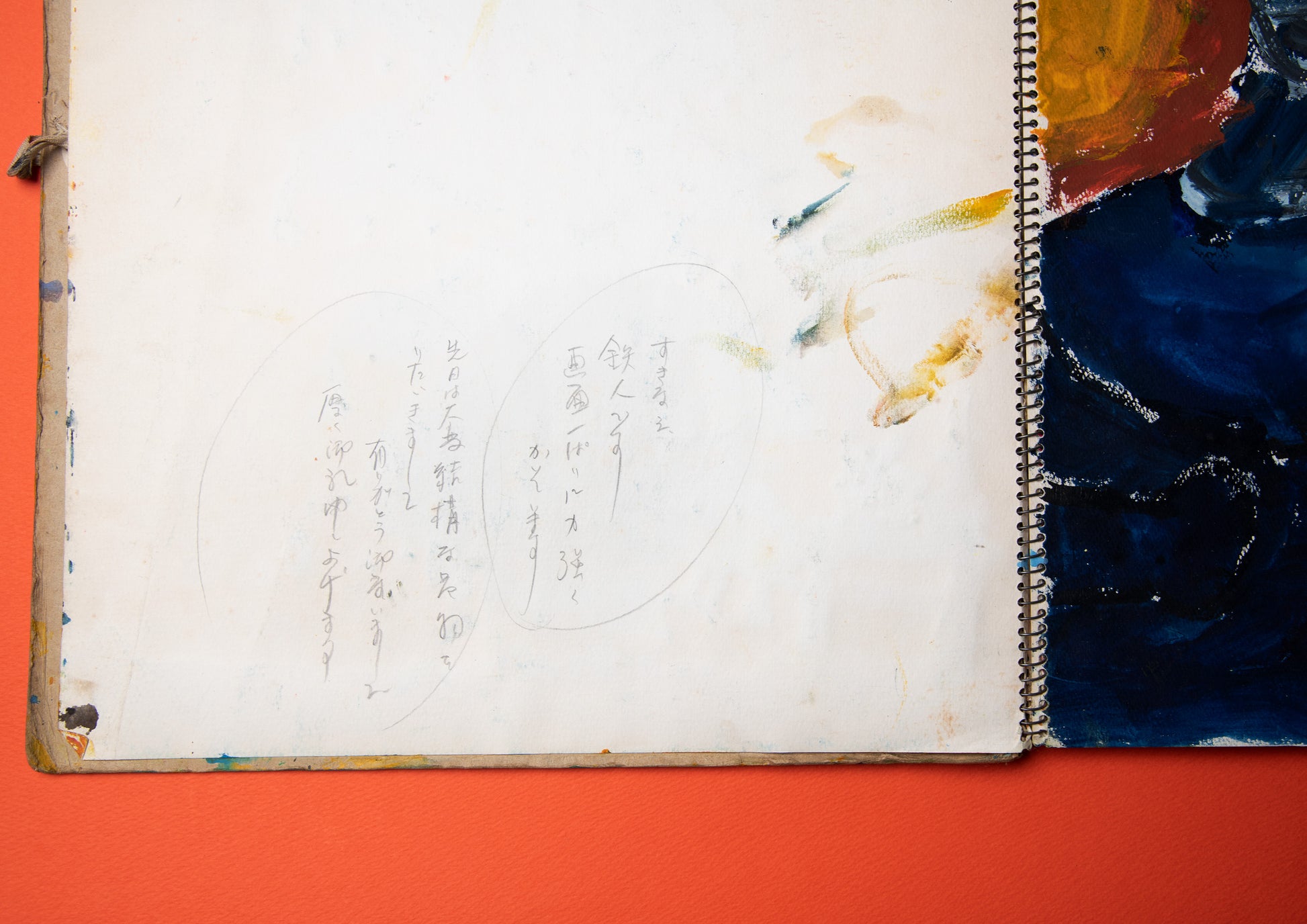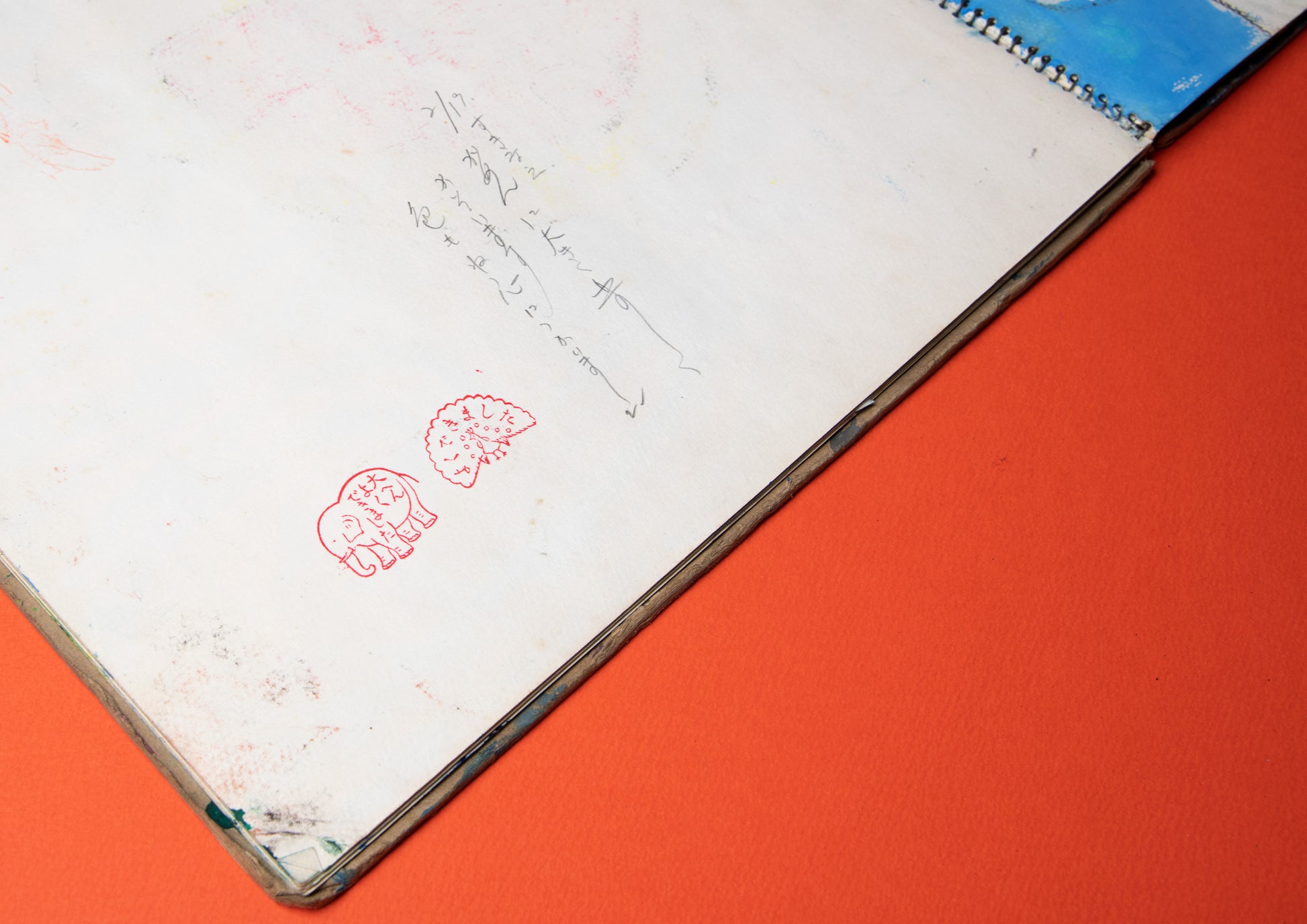Tomoo's sketchbook
Bibliographic Details
- Title
- Child's Sketchbook / 児童画スケッチブック(2冊セット)
- Artist
- Tomoo 8 year old / ともお君 (東京在住 当時小学2年生)
- Images
- 21 drawings in each volume / 各巻21点 収録
- Year
- Around 1965 / 1965年前後
- Size
- w330 × h414 × d10
- Weight
- Book 1= 780g / Book 2= 840g
- Language
- Japanese / 日本語
- Binding
- Ring-bound sketchbook / リング製本スケッチブック
- Materials
- Watercolor, pastels, felt-tip pen / 水彩、パステル、サインペン
- Edition
- Unique / 1点限り
- Condition
- Good / 並 ※一部用紙の欠けやシワあり
The artist is Tomoo.
Second grade of elementary school.
It's a rather simple and beautiful painting.
A close friend contacted me and said, "I have some drawings that three brothers did when they were children," so I decided to send them to him. What arrived was two orange crates worth of them. It's a rare amount these days. The boxes were packed almost half-and-half with individual works that still had traces of having been hung up in classrooms, and the other half still in sketchbooks.Looking at each one, I see that they are beautiful drawings that highlight the individuality of each child, even though they are very young. There is something about these drawings that makes me think that they might help me vividly recall even the small episodes that I had almost forgotten about when each child was young.
Among the hundreds of unique paintings, what particularly stands out are a group of works that are painted with such force that they almost spill out of the canvas. The artist's name is "Tomo-o." According to the sketchbook, he was in the second grade at the time. These are just a few examples, including a heavy-duty portrait of Tetsujin 28 painted with thick layers of watercolor paint like an oil painting, a flower painting reminiscent of Matisse's "Dance," and a painting of a car that seems to have already mastered the difficult technique of reducing a three-dimensional object to two dimensions. Tomoo's works have left me impressed many times, saying, "That's good!"
This week's book is a sketchbook that contains some of Tomoo's most outstanding drawings.2 booksis.
Judging from the fact that it contains Tetsujin 28-go, a portrait of Obake no Q-taro (Obake no Q-taro) reminiscent of a large-headed picture (Tom-kun, did you know Sharaku!?), and that the sketchbook was drawn by a second-grader in elementary school to design a New Year's card for the Year of the Ox, this sketchbook must have been made in 1965.yearIt is thought to have been painted around 1965. It was the middle of the Showa era, a time when the postwar atmosphere was still strong. It was an idyllic time when kites could be seen flying everywhere in vacant lots and parks in Tokyo during the New Year holidays. Tomoo's eyes have captured this scene clearly.
On the opposite pages of the works are mimeographed "assignments," as well as brief comments from the instructor. It is clear that each painting was created based on some kind of instruction. The assignments include learning new techniques, such as abstract expression using "dripping," "scratching" with crayons, transfer painting, and drawing using only felt-tip pens. Needless to say, the evaluations of Tomoo's paintings were all excellent. I'm sure Tomoo was also happy to see the cute stamps that read "Very well done" on each one.
By the way, it is not surprising that some people wonder who would buy a child's painting, even if it is a good painting. However, children's paintings are valuable historical documents that children have captured in their own way. Some of them reflect the quality of education, the state of society and the home, and some of them can clear the cloudiness of adults' eyes.Honest and easy-goingThere are also artworks. Children's drawings, which hold memories, records, and many other meanings, are often discarded at some point, such as when parents move, go to school, or when their children become independent. However, people always want them, and before you know it, they're all sold out. For example, children's drawings from wartime that depict fighter planes and warships are apparently the kind of masterpieces that historians would be desperate to get their hands on.
It's summer vacation, perhaps the season of the year when we see the most children's drawings. For adults returning to their hometowns, if they still have their old sketchbooks, it might be fun to look back on their childhood and what it was like back then.
Text by Masago Sato
